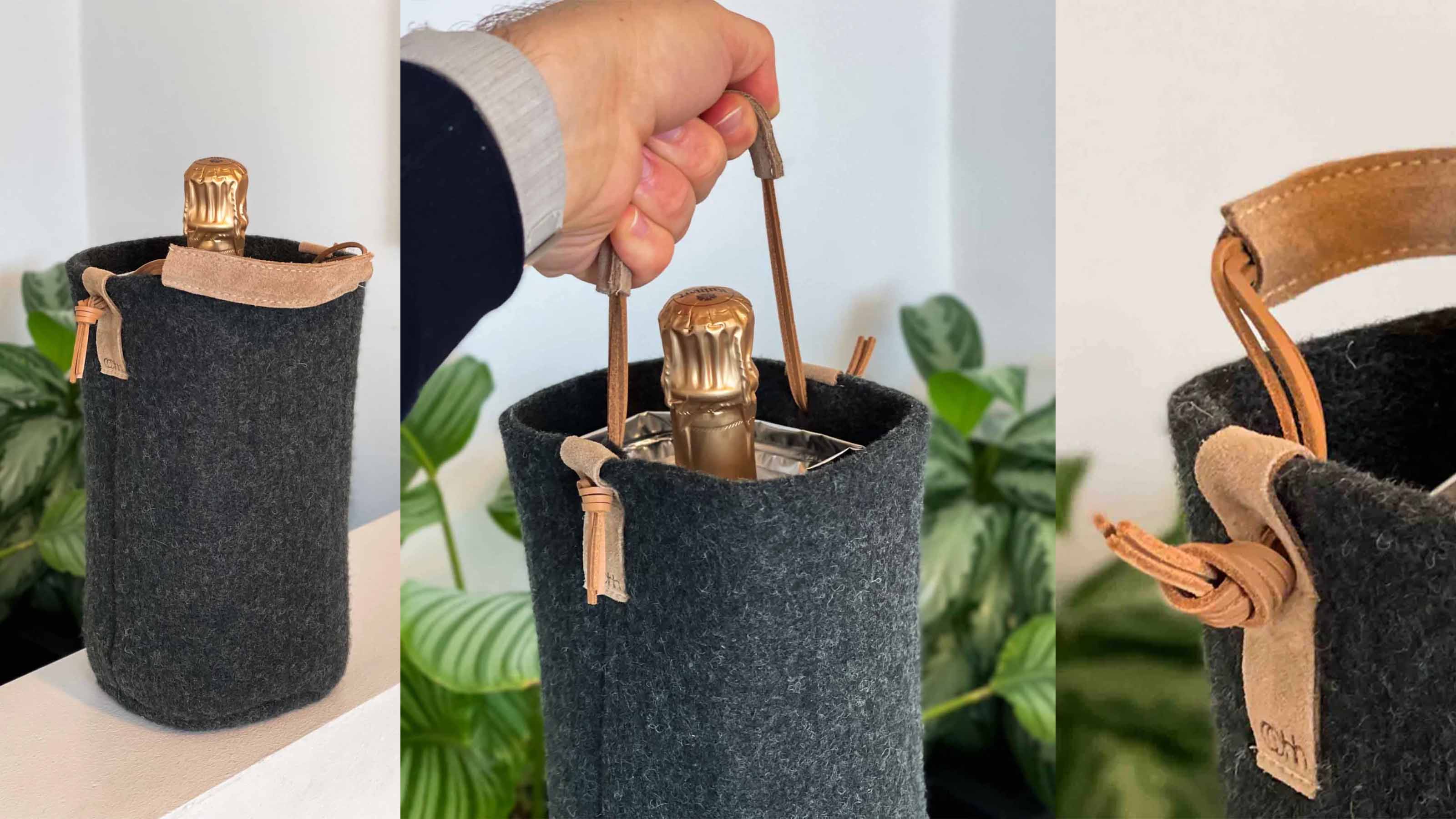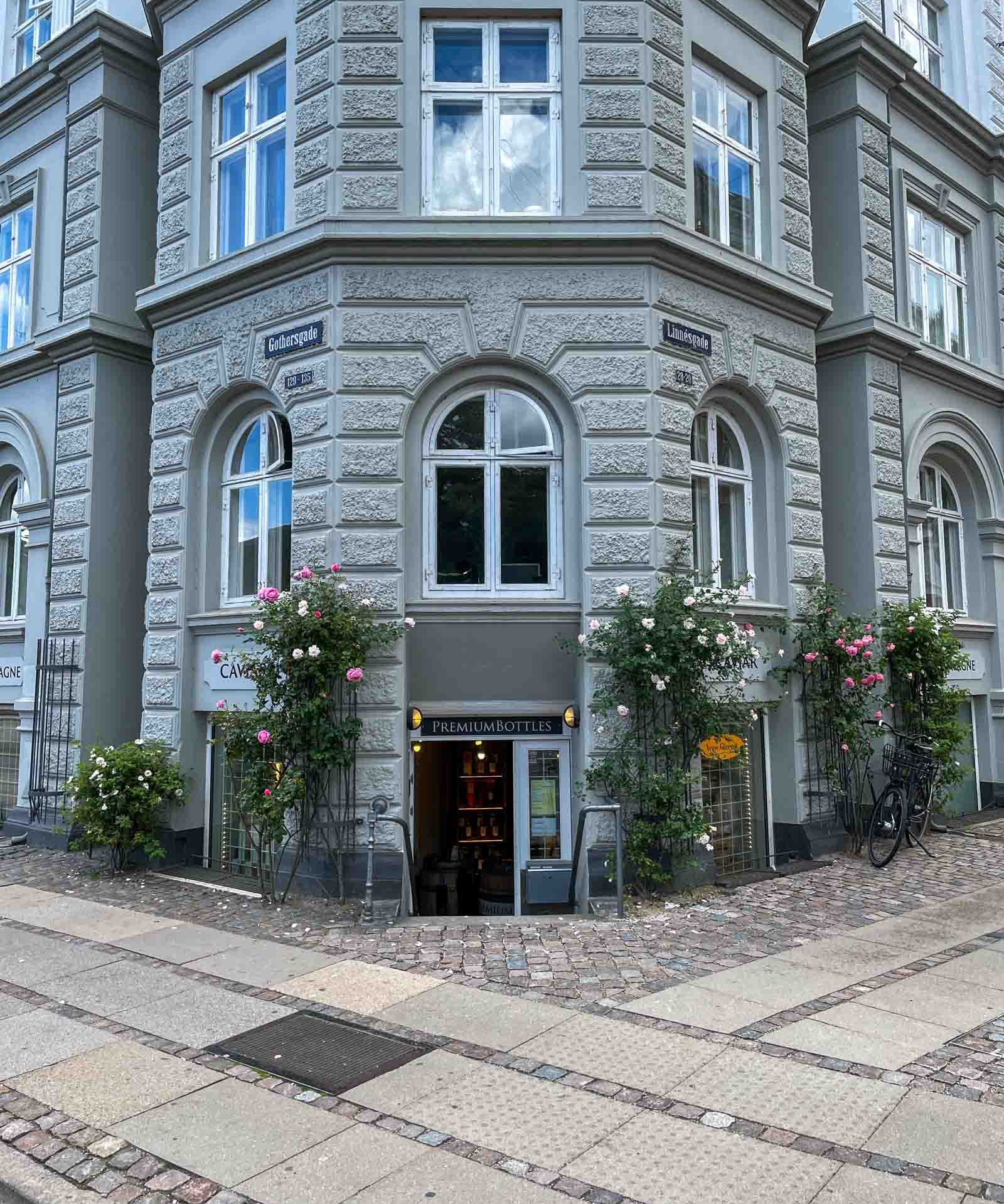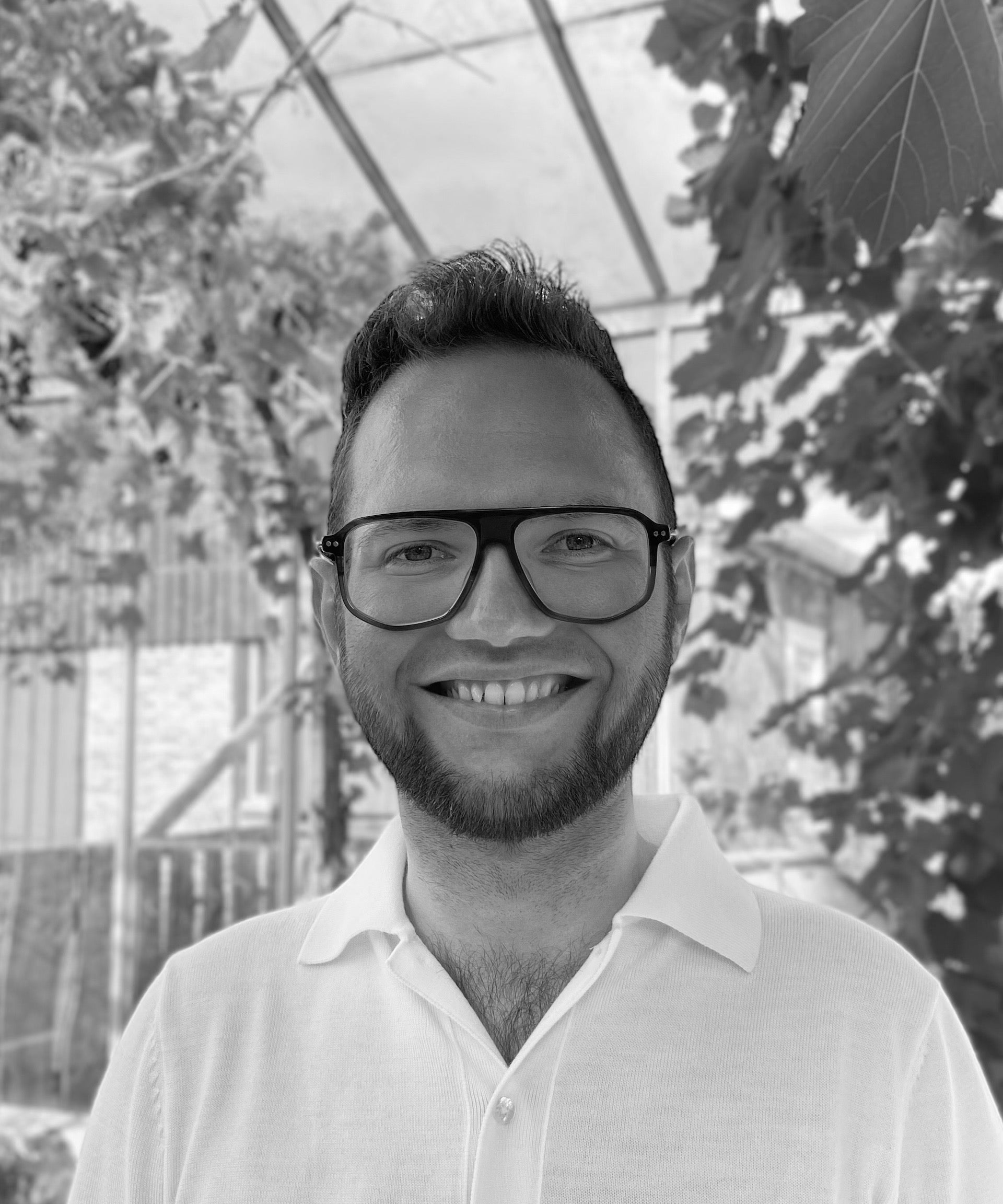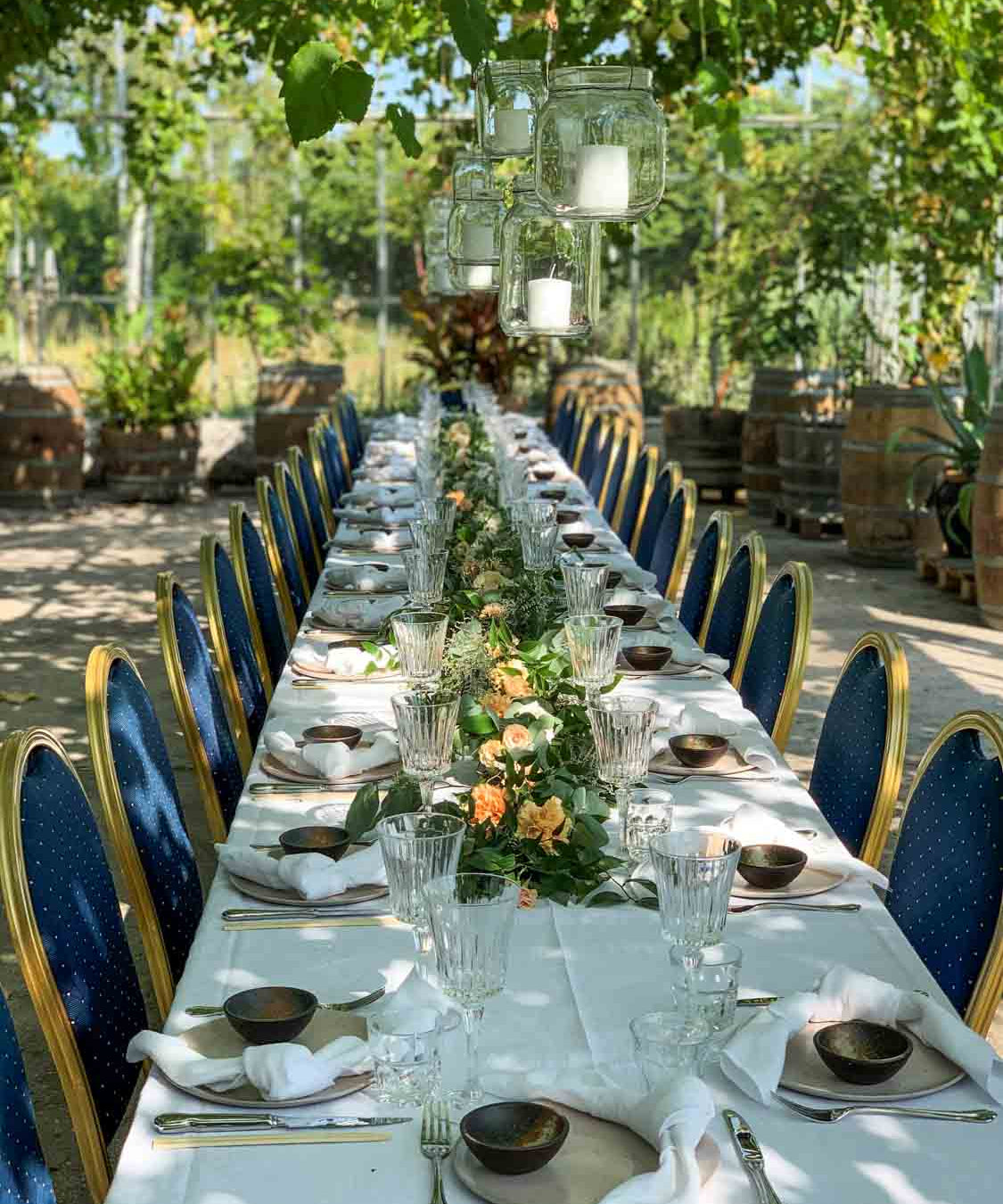The Champagne district is located in the north of France, approximately 125 kilometers northeast of Paris. As many probably know, sparkling wine must have been made in this district before it can be called champagne. Although champagne is widely known as a brand, it is actually a relatively small part of the total amount of sparkling wine that is actually champagne.
Thus, only about every 12th bottle of sparkling wine sold comes from the Champagne district.
The Champagne district has a rich history in wine production, and it is believed that wine has been grown in the area since Roman times. First by monks in monasteries and churches, but later by dedicated winegrowers.
But champagne as we know it today has been known since the 18th century. In the beginning, the method was a little different than it is now, but since the end of the 1800s, champagne has actually been produced in more or less the same way as it is done today.
Back then, however, almost all the sparkling wine that came out of the Champagne district was sweet, whereas today it is by far predominantly dry wines that come from there. If you want to taste the delicious bubbles from the Champagne district, you can explore our large selection of champagne .
If you want to read more about sparkling wines in general, you can read our extensive guide to sparkling wines .
Geography and climate of the Champagne district
With its northern location, the Champagne district is a bit of a risky area to grow wine in. The location contributes to the fact that the quality of the harvest can fluctuate quite a bit from year to year. It is, among other things, also because some bottles of champagne are made from grapes from different vintages.
But at the same time, the northern location of the Champagne district, and not least the land in the district, is also considered to be one of the cornerstones of the great success that champagne has.
It is particularly calcareous, which gives the sparkling wines a very special character.
Many of the villages that have received the Grand Cru classification are thus located in the most calcareous areas of the Champagne district.
What does Grand Cru mean?
Grand Cru is a classification given to the particularly good villages in the Champagne district. In the Champagne district, the many different villages (technically communes) are classified according to how good the wine there is. The quality is measured in percentage, and ranges from 80-100%.
Thus, only the villages in the Champagne district that achieve a score of 100% are allowed to call themselves Grand Cru. If the score is between 90-99%, you can call yourself Premier Cru instead.
Grand Cru is therefore particularly fine, as only 17 villages have been given this classification, out of a pool of several hundred champagne-producing villages in the Champagne district.
Grape varieties grown in the Champagne district
There are a total of seven different grape varieties that are allowed to be grown in the Champagne district. However, it is three of them that account for 99% of the production of champagne.
The three grape varieties are: Chardonnay, Pinot Noir and Pinot Meunier.
The four rarely used grape varieties are: Arbane, Pinot Blanc, Fromonteau Gris and Petit Meslier.
It may come as a surprise to some that the pale champagne is primarily grown on red grapes. The reason why champagne does not take color from the red grapes is that the color is in the grape skin. And since the grape skin is removed immediately after the grapes are pressed, the grape juice itself does not take color from the skin.
If you want to read more about the grapes used for champagne, you can read more about grapes in champagne here .
Frequently asked questions
Where is the Champagne area?
The Champagne district is located in the north-eastern part of France, approximately 125 kilometers north-east of Paris.
Is there a town called Champagne?
No. Champagne is the name of the region in France in which all champagne is grown.
What country does Champagne come from?
All champagne comes from the Champagne district in the north-east of France.
What is the pressure in a champagne?
The pressure in champagne will be approximately 6 bar.


























